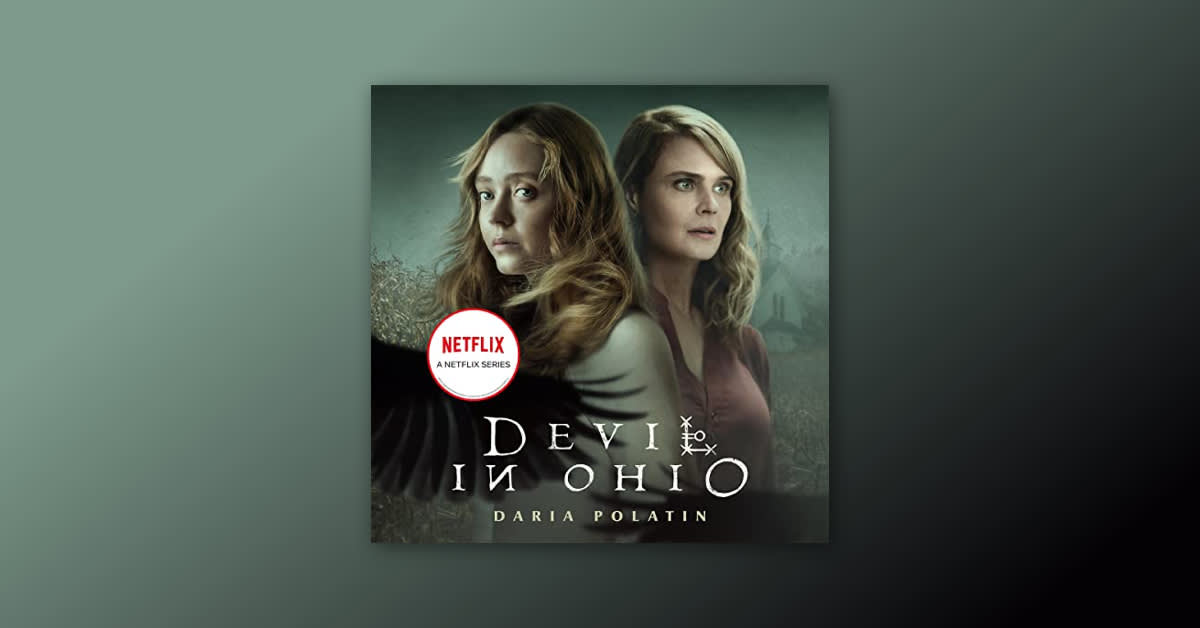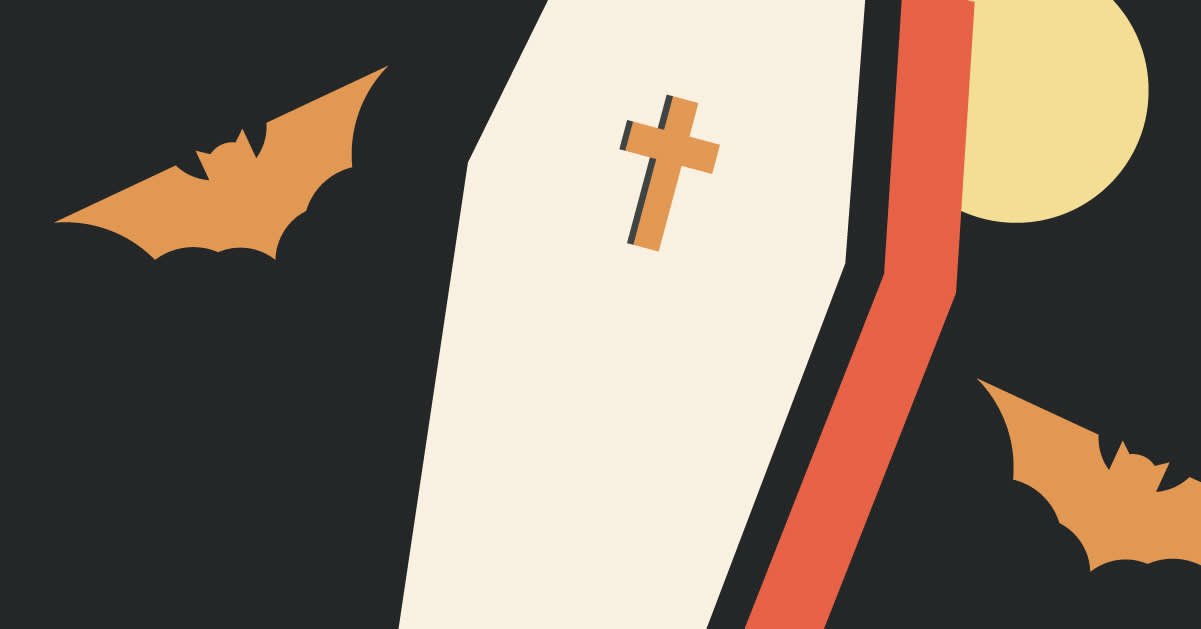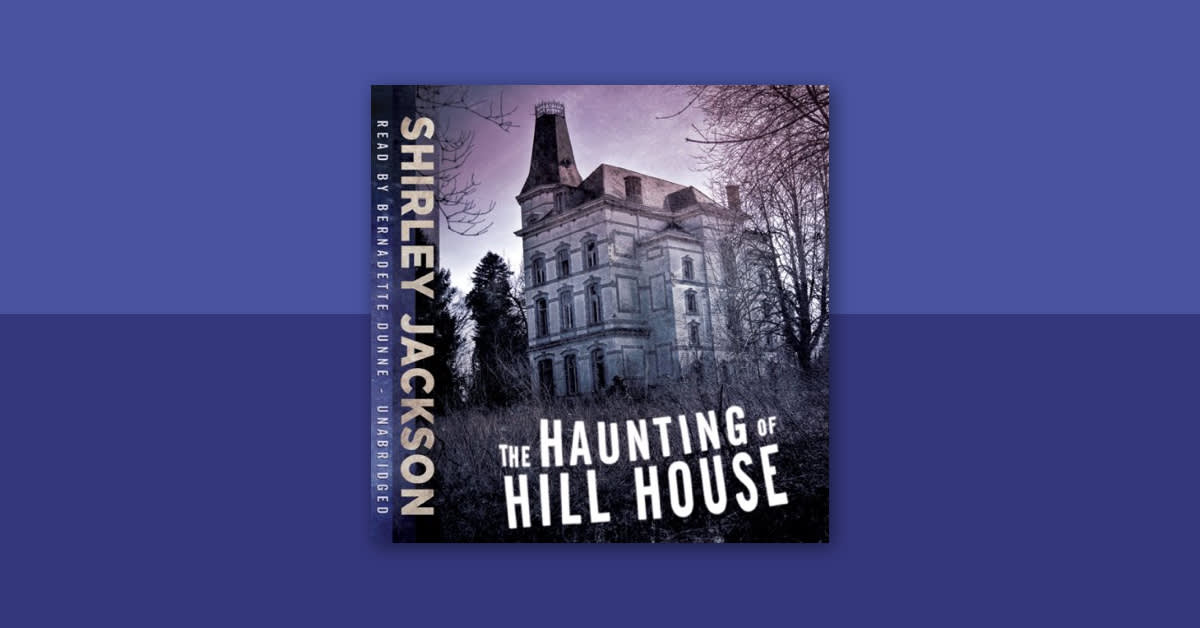Daria Polatin's 2017 YA thriller Devil in Ohio is a chilling, fast-paced novel about cults, family dynamics, and—like all the best suspense novels—the price of keeping secrets. It was published to mostly positive reviews, and while it has garnered a small fan base, it remained mostly out of the spotlight until the release of the 2022 Netflix limited series adaptation, which premiered in early September. The show has received quite a lot of buzz, with fans and critics praising its complex female characters, superb visual storytelling, and startling ending.
The series stars Emily Deschanel as Dr. Suzanne Mathis, a hospital psychiatrist who takes in Mae (played by Madeleine Arthur), a quiet teen with a mysterious past. Sam Jaeger stars as Peter Mathis, Suzanne's husband, and Xaria Dotson as Jules, Suzanne's daughter. Rounding out the main cast is Gerardo Celasco, who plays a detective working on Mae's case, and Alisha Newton and Naomi Tan, who play Suzanne and Peter's other daughters, Helen and Dani. Polatin, an award-winning playwright who has written and produced other shows, including Castle Rock and Jack Ryan, serves as the showrunner and executive producer.
Though Polatin is both the author of the Devil in Ohio novel and the showrunner for the Devil in Ohio series, the book and the show do have some significant differences. So, let's dig into it. Whether you've already watched and loved the show and you're wondering whether or not to pick up the audiobook, or you're curious about the show after falling in love with the novel, read on. But be warned—major spoilers follow!
Is Devil in Ohio a true story?
Although both the book and the Netflix adaptation are heavily fictionalized, Polatin based Devil in Ohio on a true story. Though the author hasn’t revealed specific details of the case, the events that inspired the story likewise took place in the state of Ohio; nevertheless, the town in which Polatin's characters live is totally fictional.
What happens in Devil in Ohio?
The novel is told from the point-of-view of 15-year-old Jules Mathis, who arrives home from school one day to find a strange girl living in her house. Her mother, Suzanne, a psychotherapist who works at a hospital, explains that the newcomer, Mae, is one of her patients, and she'll be staying with the family while Suzanne tries to find her a more suitable foster home. Jules shrugs this off as her mother just being a good person again, but soon, it’s clear something is not right. Mae starts impersonating Jules, wearing her clothes, taking over her room, and hanging out with her friends. Meanwhile, bizarre and downright creepy artifacts appear throughout the house. Jules’s usually happy parents start fighting. Slowly, Jules deduces that Mae was raised in a nearby Satanic cult, and they are desperate to get her back. And that puts Jules—and her family—in grave danger. The mystery surrounding Mae is what propels the book forward, along with Suzanne's increasing obsession with her. Jules watches as her mother becomes more and more distant, seemingly only concerned with Mae's safety and well-being.
At the end of the book, Mae runs away, and Suzanne forces Jules to help her rescue her from the cult, despite the danger it poses to everyone. They're successful, and eventually Mae is placed with a new foster family—although Polatin hints that this family may be part of a different religious cult, leaving the apparently happy ending ambiguous.
What are the differences between the Devil in Ohio book and Netflix show?
Differences in Plot
While the book and the show follow the same basic plot, there are several major differences. The series format allows for a deeper exploration of some of the side characters and storylines that don't get much attention in the book. The character of Detective Lopez, who is investigating Mae's case, plays a central role on the show that doesn't exist in the book. In one episode, we see him out on the rural highway where Mae was found, searching for clues about her past with the cult. He also plays a prominent role in several key scenes where we learn more about the cult's history and Mae's mother. These scenes are entirely absent from the book.
Suzanne's husband, Peter, also has a bigger storyline in the show. He's a real estate developer and, in the climax of one episode, one of his properties burns down. Later, another one of Peter's properties serves a key purpose as he, Jules, Helen, and Dani use it as a safe place to hide after their house has been targeted by Mae's cult.
The biggest plot differences between the book and the show, however, have to do with the ending and its setup. In the book, Jules, fed up with Mae's continuing presence in her house, purposely triggers Mae to return to the cult by placing white roses—a symbol of the cult—all over Mae's bedroom. In the show, Mae receives a mysterious bouquet of white roses. Though this is the same trigger that sends her back to the cult in the novel, we later learn Mae placed them herself in order to convince Suzanne to come to the cult town and rescue her.
The rescue itself is also quite different. In the book, Suzanne forces Jules to come with her to the cult to rescue Mae. In the book, Suzanne goes after Mae by herself, while Jules hides with her father and sisters in one of Peter's apartments. The action-packed climax of the story is entirely focused on Suzanne and Mae. The details differ significantly as well. In the book, Suzanne kills the sheriff who is protecting the cult and escapes with Mae and Jules. In the book, it's Detective Lopez who kills the sheriff. The show also delves much more deeply into the cult's gruesome rituals—Mae is about to be burned alive as part of a sacrifice when Suzanne arrives to save her life. Mae's mother ends up sacrificing herself instead.
Character Differences
Jules
The book is told from Jules's perspective, so while her personality isn't significantly different in the show, she plays a much smaller role. In both the show and the book, she resents Mae and the space she's taking up, both with her family and her friends at school. In the book, this resentment builds and builds to her final act of betrayal—her scheme to force Mae out of the house and back into the hands of the cult. In the show, her fear and frustration are portrayed as smaller, petty acts of revenge, and don't play as large a role in the plot.
Suzanne
While the book is focused on Jules, the show revolves around Suzanne. She gets much more screen time than she does focus in the book. We see her at work at the hospital, working Mae's case with Detective Lopez, and going to great lengths to keep Mae safe. Her backstory is also more fully realized in the show. In both cases, she's shown to be dealing with trauma and actively working through abuse she suffered as a child, but these themes are explored with a lot more depth and nuance in the show. The novel hints that one of the reasons Suzanne is so desperate to help Mae is because she sees a version of herself in her. The show makes this explicit, showing Suzanne in therapy, admitting that she hasn't fully processed her past and musing that this is why she feels so strongly about Mae.
Mae
Of all the characters in Devil in Ohio, Mae has the most similarity between the book and the show. Though her background with the cult is explored in more depth in the show, her basic personality is not significantly different. The one major difference is that, in the show, she's shown to be more manipulative and conniving—she does whatever it takes to get Suzanne's love and attention. This is certainly also true in the book, but it's more pronounced in the show.
Other Characters
Both Detective Lopez and Peter have much bigger roles in the show than they do in the book. For one, in the show, we get to see how much Suzanne's obsession with Mae is affecting her marriage, whereas there are only hints of this in the book, as seen through Jules's eyes.
Jules's sisters, Dani and Helen, are also more prevalent in the adaptation. While they're not major characters in the show, Dani, especially, has a bit more depth. She's a former foster child whom the Mathis family has since adopted. She's more excited than her sisters when Mae arrives, having once been a foster kid herself.
Differences in Setting
Both the show and the book take place in a small town in Ohio. In both cases, the cult Mae is fleeing from is based in a nearby town. However, the cult's history is more detailed in the show. The cult is located in the nearby Amon County. Their compound, known as Amontown, is nestled deep in the woods. The five farms in the county, all owned by Amontown's leaders, form the shape of a pentagram. Several important locales appear in the show that aren't mentioned in the book: the dormitory-style room at Amontown where Mae lived as a child, the church in which they perform their rituals and worship, and the house where Mae's mother, Abigail, lives. All of this visual detail adds to the show's sense of eerie foreboding.
Differences in Tone
Both the book and the show rely heavily on atmosphere and plot twists to build suspense. The book, however, is very interior. It's told exclusively from Jules's POV, and it's focused on her inner life—her troubles at school, her feelings about her budding crush, her relationship with her mother. Mae's story is what creates the mystery and tension, but the heart of the book lies in how Mae's story affects Jules's life.
The show is centered on Suzanne and Mae, with Suzanne positioned as the main character. Because of this, the overall tone is much darker, more adult, and, at times, more serious. The show is a psychological character study of a therapist working through her own trauma, often projecting her complicated feelings about her past onto the character of Mae. The book is a more straightforward teen drama, with the added complications of a dangerous, mysterious cult. Though inspired by the same true story, the book and the show explore different themes and lean into different storylines.
Do the endings differ?
In the book, after Jules and Suzanne rescue Mae from the cult, she goes to live with another foster family. Suzanne returns to her life with Peter and her daughters, having saved Mae from the danger she was in and gotten her placed with a new, safe family. There is some ambiguity around Mae's new foster family, who show signs they might belong to another religious cult, but overall, the ending is relatively happy. Jules's life returns, for the most part, to the way it was before Mae arrived.
The show's surprise ending has generated a lot of talk among fans and critics alike. Many viewers have expressed how shocked they were by the twist, which is certainly a point in the show's favor. In the last episode, after Suzanne rescues Mae from Amontown and Detective Lopez wraps up the case, there's a time jump of indeterminate length, revealing that the Mathises have split up. Peter, Jules, Dani, and Helen are living together in one of his apartments, while Suzanne is living with Mae in the family's old house.
The final episode ends with shots of the two parts of the fractured family eating their separate Thanksgiving dinners. As Suzanne prepares to sit down at the table with Mae, she receives a call from Detective Lopez, who reveals that Mae orchestrated her own return to the cult, in order to manipulate Suzanne into becoming her adoptive mother. Suzanne realizes that she doesn't know Mae as well as thought she did. Was Mae worth leaving her family over? The audience is left to decide.
Will there be a second season of Devil in Ohio?
Devil in Ohio was released as a limited series of eight episodes. The showrunners, including creator Daria Polatin, envisioned it as a complete story with a concrete ending. Though the last episode doesn't wrap everything up neatly, and certainly allows for the possibility of another season, it's unlikely there will be one. We'll just have to wait and see if Polatin ever decides to write a sequel!





